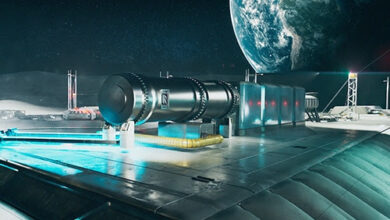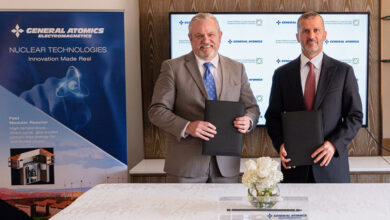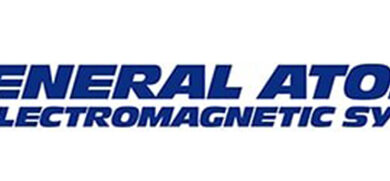DIII-D Facility Adds Tool to Resolve Heat Handling in Future Fusion Power Plants
San Diego. Researchers at the DIII-D National Fusion Facility are preparing to test a new method to enable future fusion power plants to withstand the fierce conditions of heat and particle flow created by the fusion reaction. Solutions such as this will be critical to developing practical fusion energy.
Current fusion power plant designs envision using tungsten as a key component in the reactor vessels because of its high resistance to heat and radiation. However, tungsten is also an impurity for the fusion reaction and can impair performance. The new approach researchers are testing will leverage an existing component on DIII-D, known as the Small Angle Slot (SAS) Divertor, to minimize tungsten erosion and release into the plasma.
“Developing robust wall materials is absolutely necessary for economic fusion energy,” said Dan Thomas, Ph.D., a scientific manager at DIII-D who is helping to coordinate the multi-institution effort on these new experiments. “The specific way in which this will be accomplished is still an open unsolved question and a very active area of research worldwide. Here at DIII-D, we have an active collaboration, with multiple institutions looking at the many ways plasma and the vessel wall can interact.”






